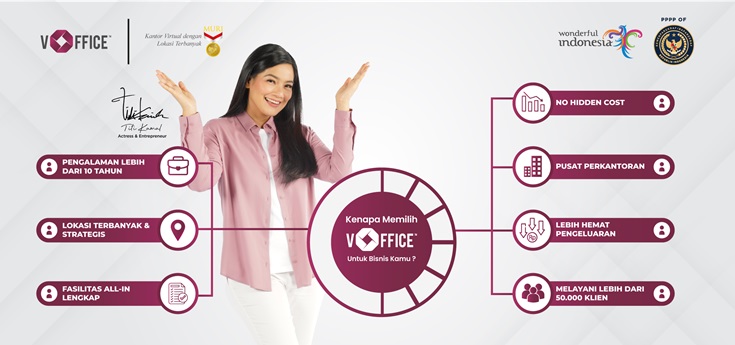Intellectual Property Rights (HAKI), or Intellectual Property Rights, is a set of legal rights that provide protection for an individual’s or an entity’s intellectual creations. This concept emphasizes that every individual has the right to their work or invention and provides legal protection against unauthorized use, copying, or exploitation.
What is HAKI?
HAKI is a concept that safeguards creative works from unauthorized use or reproduction. It encompasses various types of creations such as books, music, films, technological innovations, industrial designs, logos, trademarks, and more. By having HAKI, the creator retains control over the use and benefits derived from their work.
Objectives of HAKI
One of the primary goals of HAKI is to incentivize creators or owners to continue producing and innovating. By providing legal protection for their work, they feel secure and motivated to generate new works without fear of illegal use by others.
When Can Someone Register Intellectual Property Rights?
Individuals or business entities can register their Intellectual Property Rights after creating or discovering a work that possesses elements of originality and creativity. The registration process typically occurs after the work is produced in a tangible form, such as a written manuscript, music recording, design prototype, or technological product.
Benefits of HAKI
HAKI protection offers several benefits, including:
- Legal Protection: Granting exclusive rights to the owner to control the use and distribution of their work.
- Innovation Incentives: Encouraging innovation and creativity by providing incentives for creators to protect their works.
- Economic Value: HAKI-protected works have economic value as they can be traded or sold due to their exclusive rights.
Types of HAKI
HAKI is divided into several main types, including:
- Copyright: Protecting artistic and literary works such as books, music, paintings, and films.
- Patents: Providing protection for technological discoveries and innovations.
- Trademarks: Safeguarding trademarks and logos that distinguish a product or service from others.
- Industrial Design Rights: Protecting the aesthetic design of industrial products.
Symbols Related to Intellectual Property Rights
Some symbols associated with HAKI are:
- (C): Indicates that the work is protected by copyright.
- TM: Indicates that a trademark is in the registration process.
- (R): Signifies that a trademark has been officially registered.
Requirements for Registering HAKI
The registration process for HAKI may vary depending on the type being applied for, but some common requirements include:
- Originality of the Work: The work must possess sufficient elements of originality and creativity.
- Official Registration: The registration process must follow the procedures established by the relevant institution.
- Complete Documentation: Having the necessary documents and evidence to support HAKI registration.
How to Register HAKI
The process of registering HAKI involves steps such as:
- Document Collection: Prepare required documents, such as the original work, registration forms, and ownership proof.
- Official Registration: Submit the HAKI registration to the relevant institution, such as the Directorate General of Intellectual Property.
- Examination and Verification: The relevant institution will examine and evaluate the authenticity of the work before granting HAKI protection.
Check vOffice services for HAKI Registration.
By understanding the importance of HAKI and its registration process, individuals or companies can protect their works and ensure exclusive rights to the innovations and creations they have produced. Continuously seek further information and obtain accurate guidance from authorized institutions to secure appropriate HAKI protection.










